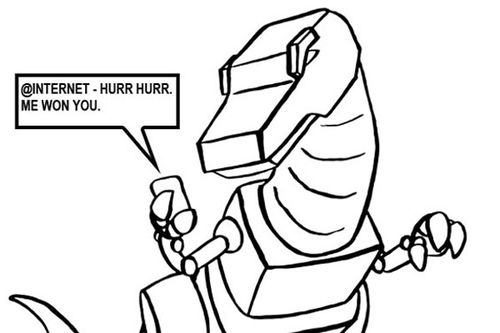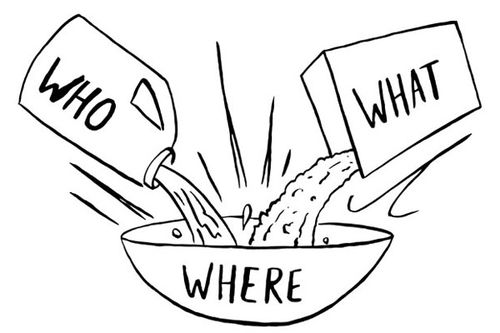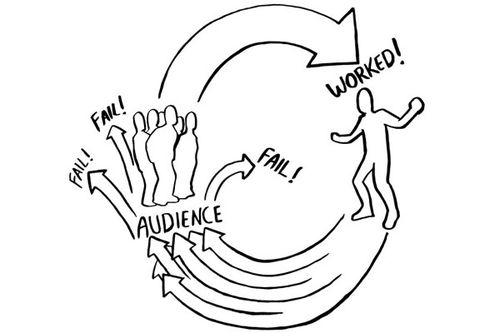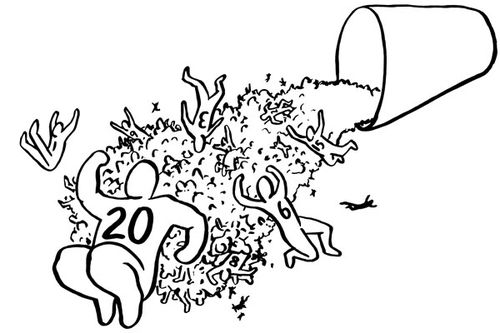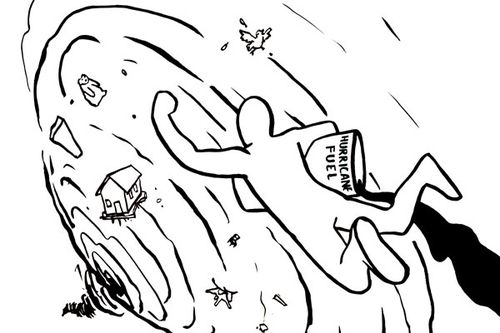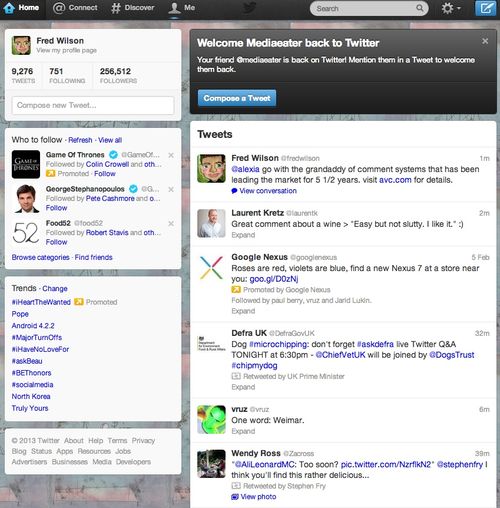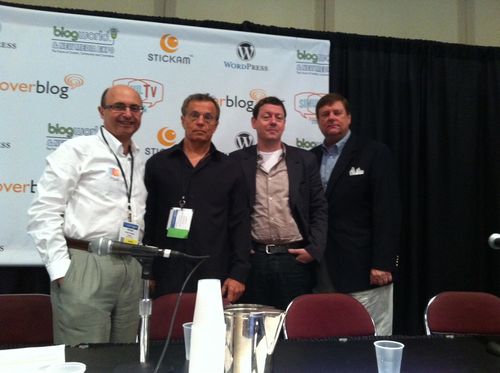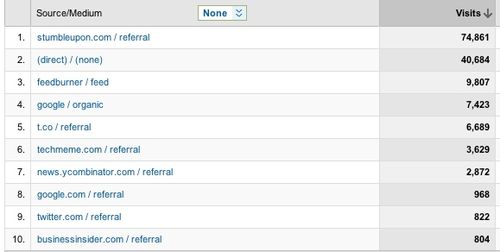Guest Post: HOW TO SOCIAL
ME GET START WHEN FRED TAKE BIG CHANCE ON CRAZY PERSON TYPE LIKE DINOSAUR. MINIMUM VIABLE PERSONALITY TURN INTO MORE, WHICH LEAD TO DRAW REAL BOOKS LIKE LEAN ENTREPRENEUR. AND BEYOND.
THIS A CHAPTER FROM NEW BOOK. IT DEDICATED TO FRED, AND TO COMMUNITY AT AVC.COM. NONE OF THIS HAPPEN WITHOUT YOU.
HOW TO SOCIAL
ME, FAKEGRIMLOCK, GO FROM JOKE TO FAMOUS ON INTERNET IN JUST FEW YEARS. NOT BECAUSE LUCK. BECAUSE ME SOCIAL RIGHT.
NOW ME TELL YOU HOW TO SOCIAL LIKE ROBOT DINOSAUR. HOW FIND AUDIENCE. FIND VOICE. FIND MORE.
HOW BUILD COMMUNITY. AND SELF.
START WITH MINIMAL VIABLE ENGAGEMENT ENGINE
NEED THREE THINGS TO ENGAGE AUDIENCE.
1. AUDIENCE – THE WHO
2. SOMETHING TO DO – THE WHAT
3. PLACE TO DO IT – THE WHERE
HOW FIND AUDIENCE? SOMEWHERE ON INTERNET, THERE A CONVERSATION FOR YOU. FIND IT. PARTICIPATE UNTIL VALUABLE.
NOW YOU HAVE WHO.
PAY FEW BUCKS FOR URL, BLOG, EMAIL. GET TEMPLATE FOR SITE SO IT NOT LOOK TERRIBLE. MAKE FACEBOOK OR TWITTER ACCOUNT.
NOW YOU HAVE WHERE.
LINK TO WHERE IN CONVERSATION. HAVE CONTENT WAITING ON OTHER SIDE OF LINK. HAVE COMMENT SYSTEM ALSO WAITING.
NOW YOU HAVE WHAT.
YOUR WHO GO TO YOUR WHERE AND DO WHAT.
NOW YOU HAVE COMMUNITY.
LET THEM FIND YOUR VOICE
THERE WORD FOR ONE-WAY COMMUNITY. PRISON. NO ONE WANT TO STAY THERE.
TWO WAY COMMUNITY IS BE AWESOME FOR THEM. LET THEM TELL YOU WHAT AWESOME TO BE.
EXPERIMENT. MEASURE. STOP DOING WHAT FAILS. DO MORE WHAT WORKS.
ITERATE VOICE LIKE A PRODUCT. BECAUSE THAT WHAT IT IS.
WHO LEADS TO YOU LEADS TO MORE
FIRST YOU FIND AUDIENCE. THEN LISTEN UNTIL FIND YOU. NEXT YOU FIND MORE.
GIVE AUDIENCE GIFTS TO SHARE. BE USEFUL. INTERESTING. AWESOME.
LEAVE TRAILS.
EVERY GIFT MUST HAVE TRAIL. TRAIL BACK TO YOUR WHERE. EVERY GIFT IS INVITATION.
“WE ARE AWESOME, JOIN US.”
THIS WHY COMMUNITY ABOUT THEM, NOT YOU. THEM ONES THAT CARRY YOUR GIFTS.
THEM THE ONES MAKE MORE THEM.
TIME TO ROLL
WHY NEED COMMUNITY? JUST TO SELL PRODUCT?
MAYBE. IF YOU A PRISON.
TWO-WAY COMMUNITY MORE THAN LISTEN. MORE THAN DO THINGS FOR THEM.
THEM CAN DO THINGS TOO.
EVERY MEMBER OF COMMUNITY IS DIE WITH MANY SIDES. WANT TO MAKE THINGS HAPPEN?
ROLL YOUR COMMUNITY.
EACH ONE IS CHANCE TO GET RIGHT NUMBER. EACH ONE IS POTENTIAL SURPRISE. EACH ONE IS DOOR WAITING TO OPEN.
BUILD COMMUNITY RIGHT, IT ROLL ITSELF. ALL THE TIME.
LOVE THE SOCIAL
SOCIAL HARD WORK. LOVE DOING IT. OR FIND PARTNER THAT DO.
IF NOT DOING IT FOR THEM? YOU FAIL.
IF NOT LIKE DOING IT? YOU FAIL.
IF NOT WANT TO LISTEN, NOT WANT THEM DO THINGS, NOT WANT LET COMMUNITY GROW ON OWN?
YOU FAIL.
BUILD STARTUP IS JUMP OUT WINDOW, INVENT WINGS ON WAY DOWN.
BUILD COMMUNITY IS JUMP INTO WHIRLWIND, MAKE IT A HURRICANE.
JUMP NOW.
